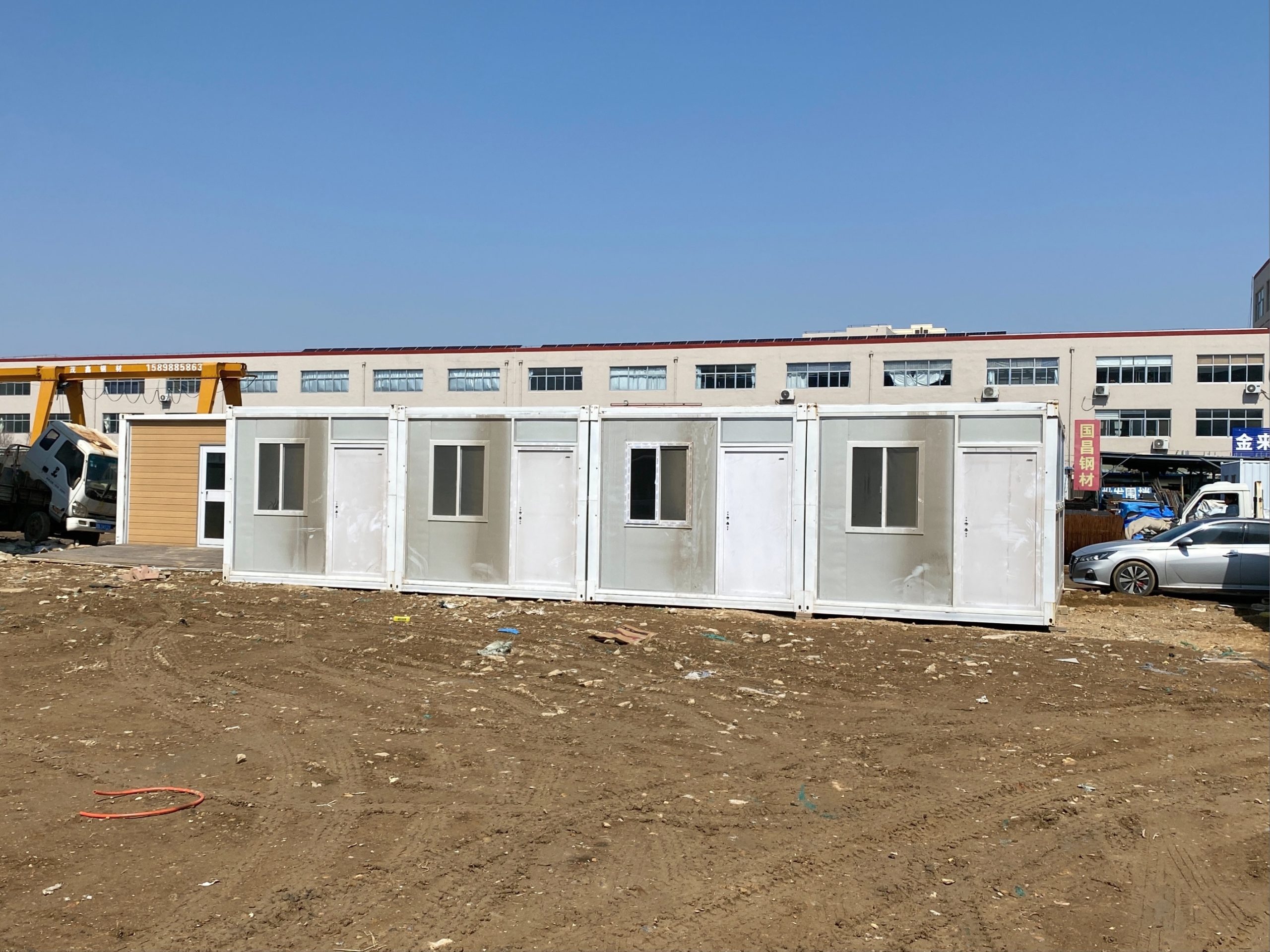Inhoudsopgave
Sustainable Practices in Steel Structure Manufacturing
The steel structure industry plays a crucial role in the construction sector, providing the framework for buildings, bridges, and other infrastructure projects. However, the production of Steel Structures can have a significant impact on the Environment if not managed properly. Environmental impact assessment and management are essential practices to ensure that the steel structure industry operates in a sustainable manner.
One of the key environmental impacts of the steel structure industry is the emission of greenhouse gases, particularly carbon dioxide, during the production process. Steel is primarily made from Iron ore and Coal, which are both carbon-intensive materials. The process of extracting iron from ore and converting it into steel requires a significant amount of energy, most of which comes from burning fossil fuels. This results in the release of large quantities of carbon dioxide into the atmosphere, contributing to climate change.
To address this issue, environmental impact assessments are conducted to identify the sources of greenhouse gas emissions in the steel structure industry and evaluate potential mitigation measures. These assessments consider the entire life cycle of steel structures, from raw material extraction to manufacturing, transportation, and end-of-life disposal. By analyzing each stage of the process, companies can identify opportunities to reduce emissions and improve their environmental performance.
One common strategy for reducing greenhouse gas emissions in the steel structure industry is to increase energy efficiency. This can be achieved through the use of more efficient production technologies, such as electric arc furnaces that use scrap steel as a feedstock instead of iron ore. By using recycled steel, companies can reduce the energy intensity of their operations and lower their carbon footprint. Additionally, implementing energy-saving measures, such as heat recovery systems and cogeneration plants, can further reduce emissions and improve overall sustainability.
Another important aspect of environmental impact assessment and management in the steel structure industry is the management of waste and byproducts. Steel production generates a variety of waste materials, including Slag, dust, and sludge, which can have negative environmental impacts if not properly managed. These materials can contain heavy metals and other pollutants that can leach into soil and water, posing risks to human health and ecosystems.
To address this issue, companies in the steel structure industry must implement effective waste management practices, such as Recycling and reuse of byproducts, treatment of contaminated materials, and proper disposal of hazardous waste. By minimizing the generation of waste and ensuring that it is handled responsibly, companies can reduce their environmental impact and protect the surrounding environment.
In conclusion, environmental impact assessment and management are essential practices for the steel structure industry to operate in a sustainable manner. By identifying and addressing the environmental impacts of steel production, companies can reduce their carbon footprint, minimize waste generation, and protect the environment for future generations. Through the implementation of energy-efficient technologies, waste management practices, and other sustainability measures, the steel structure industry can contribute to a more sustainable built environment and help mitigate the impacts of climate change.
Mitigating Carbon Emissions in the Steel Industry
The steel industry is a major contributor to global carbon emissions, accounting for a significant portion of the world’s greenhouse gas emissions. As such, it is crucial for the industry to implement effective environmental impact assessments and management strategies to mitigate its environmental footprint.
One of the key aspects of environmental impact assessment in the steel industry is the identification of potential sources of carbon emissions. This includes not only the direct emissions from steel production processes, but also indirect emissions from the use of energy and raw materials. By conducting a thorough assessment of these sources, steel manufacturers can better understand their environmental impact and develop targeted strategies to reduce emissions.
Once potential sources of carbon emissions have been identified, steel manufacturers can implement a range of management strategies to mitigate their environmental impact. This may include investing in more energy-efficient production processes, using alternative fuels and raw materials, and implementing carbon capture and storage technologies. By taking a proactive approach to environmental management, steel manufacturers can significantly reduce their carbon footprint and contribute to global efforts to combat climate change.

In addition to reducing carbon emissions, environmental impact assessment and management in the steel industry can also help to minimize other environmental impacts, such as water and air pollution. By implementing best practices in environmental management, steel manufacturers can ensure that their operations are sustainable and environmentally responsible.
One of the key challenges in implementing effective environmental impact assessment and management in the steel industry is the high cost of implementing new technologies and processes. However, the long-term benefits of reducing carbon emissions and other environmental impacts far outweigh the initial investment required. In fact, many steel manufacturers have found that implementing sustainable practices not only benefits the environment, but also improves their bottom line by reducing energy costs and increasing operational efficiency.
Another challenge in environmental impact assessment and management in the steel industry is the need for collaboration and cooperation among stakeholders. This includes not only steel manufacturers, but also government agencies, environmental organizations, and local communities. By working together, stakeholders can develop comprehensive strategies to address environmental issues and ensure that the steel industry operates in a sustainable and responsible manner.
In conclusion, environmental impact assessment and management are crucial aspects of sustainable steel production. By identifying potential sources of carbon emissions and implementing targeted management strategies, steel manufacturers can reduce their environmental footprint and contribute to global efforts to combat climate change. While there are challenges to implementing sustainable practices in the steel industry, the long-term benefits far outweigh the costs. By working together and embracing sustainable practices, the steel industry can play a key role in building a more sustainable future for generations to come.
